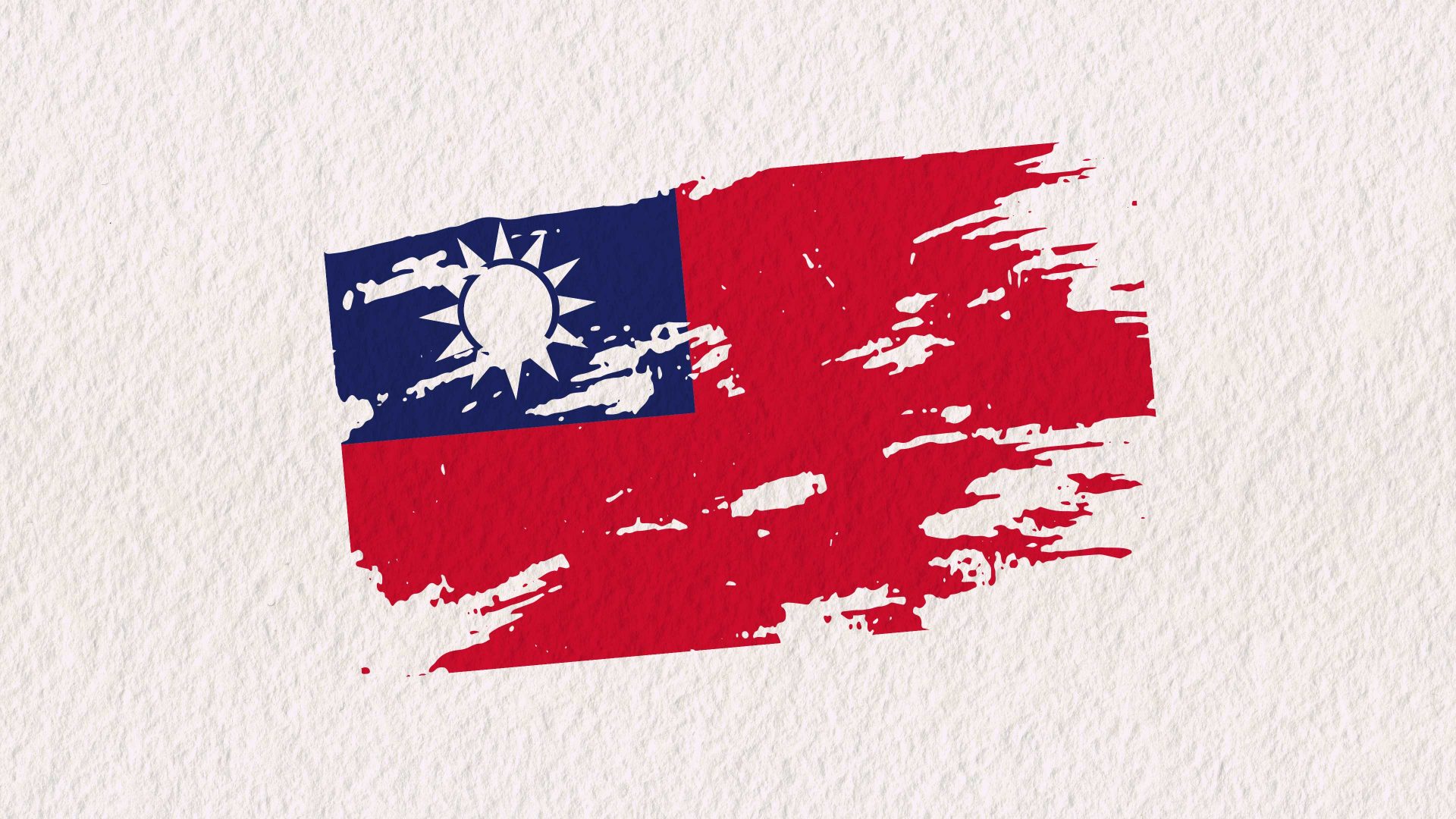The island of Taiwan is approximately the same size as the Netherlands. It
is located about 180km (100 nautical miles) across the Taiwan Strait from the
east coast of China, so about as far as East Anglia is from the west coast of the Netherlands across the North Sea.
We are hearing plenty these days about Taiwan and who has the right to govern it. But a linguistic perspective on this issue is one we rarely hear. Just
as Crimea was neither Ukrainianspeaking nor Russian-speaking until recently (see TNE #39), so until relatively recently no one in Taiwan spoke the Mandarin Chinese language associated with the current Peking-based government of mainland China (officially the “People’s Republic of China”).
And nor did they speak the language very often referred to today as “Taiwanese”, which is the language currently spoken natively by about 65% of the population of Taiwan. Taiwanese is the local variant of Hokkien, a
Chinese language that was originally brought to Taiwan by colonialists from
the Fukian (Fujian) province of China, mainly between the 1300s and the
1600s. The Chinese language Hakka is also spoken in Taiwan by about 15% of
the population, having also been brought across the Taiwan Strait from China by colonists during the same period.
These Chinese-speaking colonialists gradually demographically overwhelmed the indigenous people, who had been inhabiting Taiwan for at
least six millennia before the colonists arrived. The island was then seized by
the forces of the Chinese Qing dynasty in 1683; and the original inhabitants now, sadly, constitute only about 2% of the island’s population of around 24
million people. Today only about a third of this 2% still speak one of the original languages of Taiwan – there had originally been about 25 of them. Now only about 10 of these original languages seem to be surviving strongly to any extent, and all of them are endangered by the Chinese languages Taiwanese, Hakka and Mandarin.
This is highly tragic from a human point of view, but also from a scientific
perspective, because linguistic scientists have gradually come to understand what great linguistic-historical importance these indigenous languages have. Taiwan was the ancestral homeland of the vast Austronesian language family, which includes the Polynesian and Micronesian languages, plus the
languages of Fiji, Indonesia, the Philippines and Madagascar. All these languages are descended from the aboriginal languages of Taiwan.
If anyone could make a serious historical claim to the ownership of Taiwan, it would be the members of the Ami, Paiwan, Atayal, Bunan and other indigenous ethnic groups who have occupied Taiwan for millennia and whose languages are genuinely Taiwanese. According to the Encyclopedia Britannica, the Ami are the most numerous indigenous ethnic group on the island. They numbered more than 124,000 in the late 1990s, and live in the remote south-eastern hills and on the eastern coastal plain of the island. Anthropologists report that these communities are matrilineal, with men and women having equal rights and responsibilities and the eldest daughter inheriting family property.
The gradual and ongoing death of these languages is due to their being overwhelmed by contact with the different Chinese languages of the settlers, but we should also note European involvement. The first Europeans who became involved with Taiwan, starting in 1544, were the Portuguese, who called it Formosa – “beautiful”. The far north of the island was then colonised by the Spanish from their base in the Philippines, between 1626 and 1642. And Taiwan was also partly colonised by the Dutch from 1624 to 1668. There were uprisings against the Dutch by the native Austronesian-speaking inhabitants – as well as by the incoming Chinese-speaking settlers – which were put down by military force. Taiwan was also ruled by Japan, which is 400 nautical miles away to the north-east, between 1895 and 1945.
The Taiwanese – the true Taiwanese – deserve to have their cultures and languages respected and preserved.




